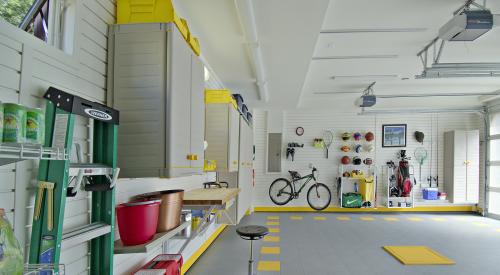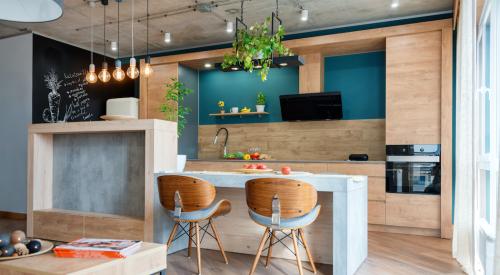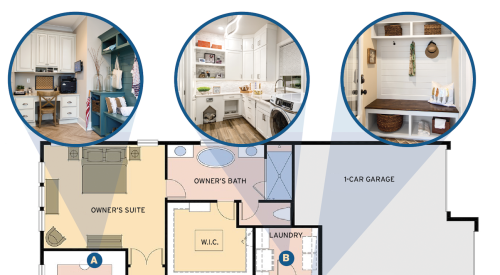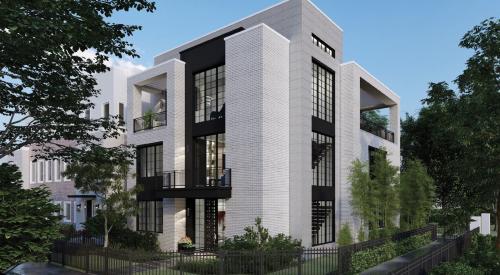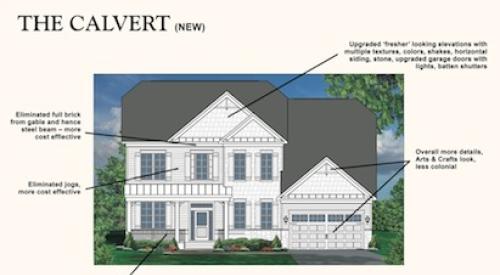Last month, I attended NAHB’s midyear meeting in Miami and had the pleasure of sitting in on a presentation by Daniel Swift, president and CEO of Des Moines-based architecture group BSB Design. BSB celebrates its 50th anniversary this year, and while Swift has not been at the company quite that long, he is a student of its legacy as well as of the direction of residential architecture in general.
BSB was founded in 1966 by Jack Bloodgood, who came to be known as a “builder’s architect.” Throughout his career, Bloodgood worked mostly with production builders and was devoted to putting into practice his belief that “everyone deserves to live in a home designed by an architect.” While BSB continues to adhere to that credo, the firm also understands that even entry-level homes these days must offer innovative features that appeal to design-conscious prospective buyers in order to entice them to take the plunge (Image: Skeeze via Pixabay).
For his part, Swift is excited about the need to innovate. He admits that innovation in home building and design traditionally has been slow to occur, but that it’s easier to know now exactly what buyers are looking for. How so? You’ve probably noticed, for example, the recent surge in dog-washing stations and other pet-related features in new homes. The proliferation of these amenities can be traced to data such as that found in the National Retail Federation’s Halloween Spending Survey, which revealed that 20 million pet owners planned to spend around $350 million on Halloween costumes for their pets in 2015. With intel like that, catering to pet lovers in new-home design seems like a pretty good bet.
Or how about the finding that 28 percent of American couples (and probably more) do not sleep in the same bedroom? There are many reasons why—among them, health issues, snoring, conflicting schedules, or differing opinions about the temperature—and it only makes sense to plan for it, with a connected suite, two masters on the same floor, or some other configuration that will work for these buyers.
There are plenty of other design innovations that have taken hold over the last few years, many of them data-driven. Surveys of buyers revealed that homeowners did not like feeling as if they were coming into their homes each day through the back door when they entered from the garage. Hence, a redesigned “owner’s entry” and drop zones that possess some charm and useful built-ins. Laundry rooms have moved all over the house from their former spot in the basement: off the kitchen, upstairs near the bedrooms or, as Swift suggests, into the bathroom because that’s where the dirty clothes are.
Outdoor living spaces, which have taken off like gangbusters in the last few years, are becoming more refined and less like the patios of the old days. As homebuyers are treating these spaces more and more as if they were inside the home, with full kitchens, beautiful furnishings, fireplaces, and electronic media, it’s important to also add intimacy, with a defined area enclosed by walls, partitions, or screening.
And finally, when designing elevations, it’s best to take your cues from the ones that have stood the test of time—perhaps the largest consumer preference survey of all. Swift suggests finding your inspiration in those neighborhoods that everyone loves to meander through—the ones that, on a walking tour, create a lasting impression.
Are you taking advantage of the information that’s available to guide your choices for your homes? After all, as Swift says, buyers are telling us everything we need to know. We just need to listen.


